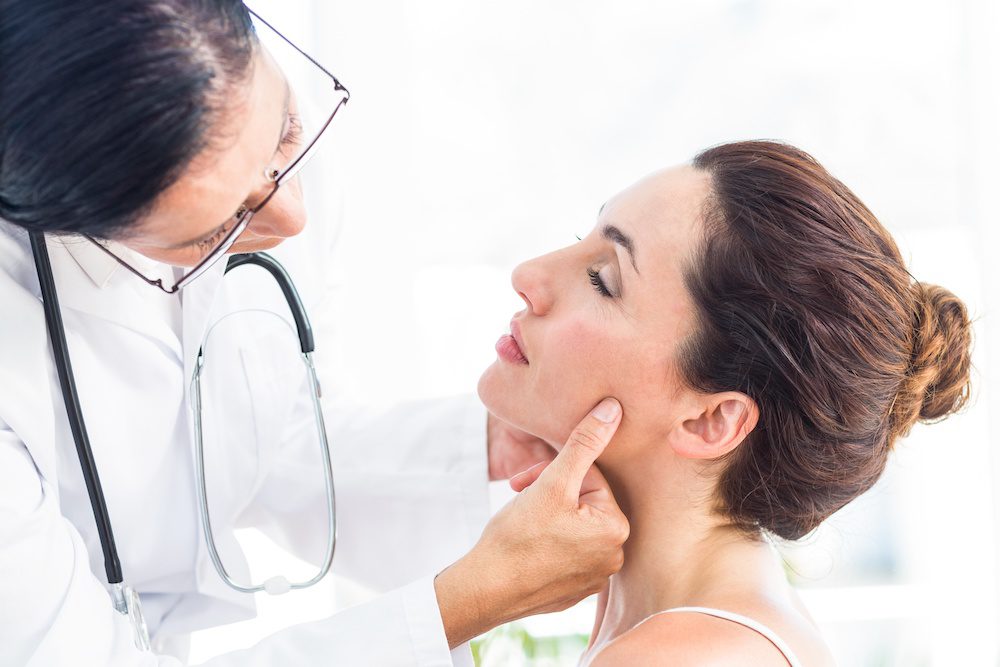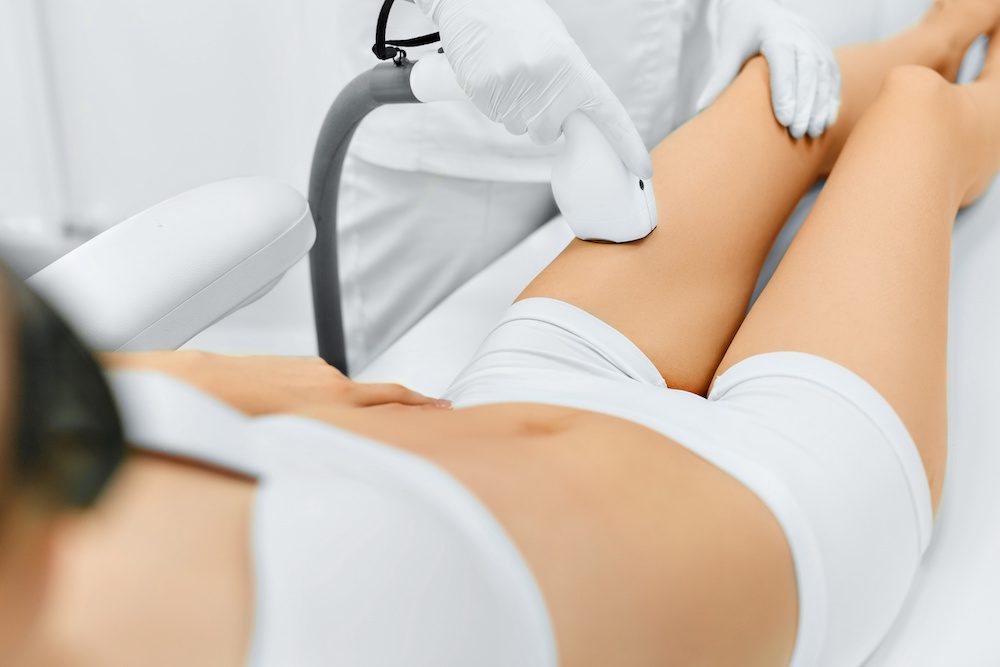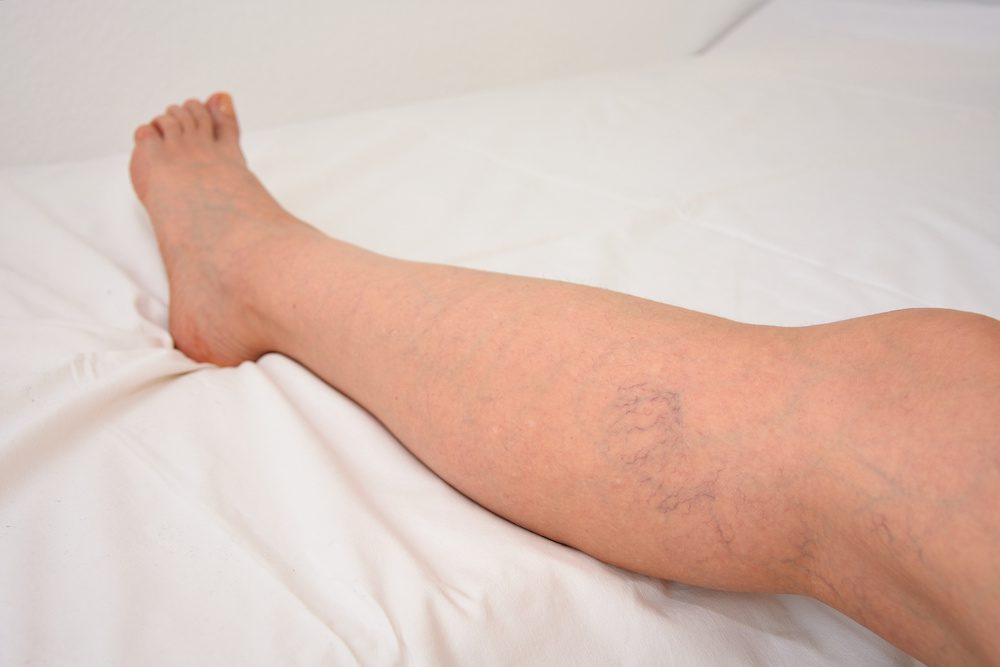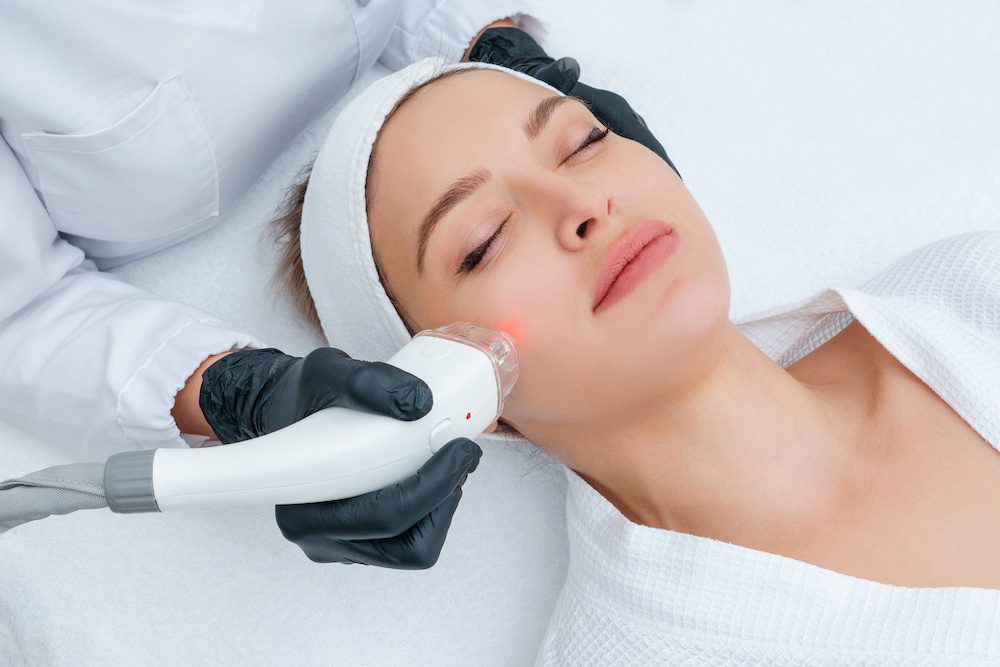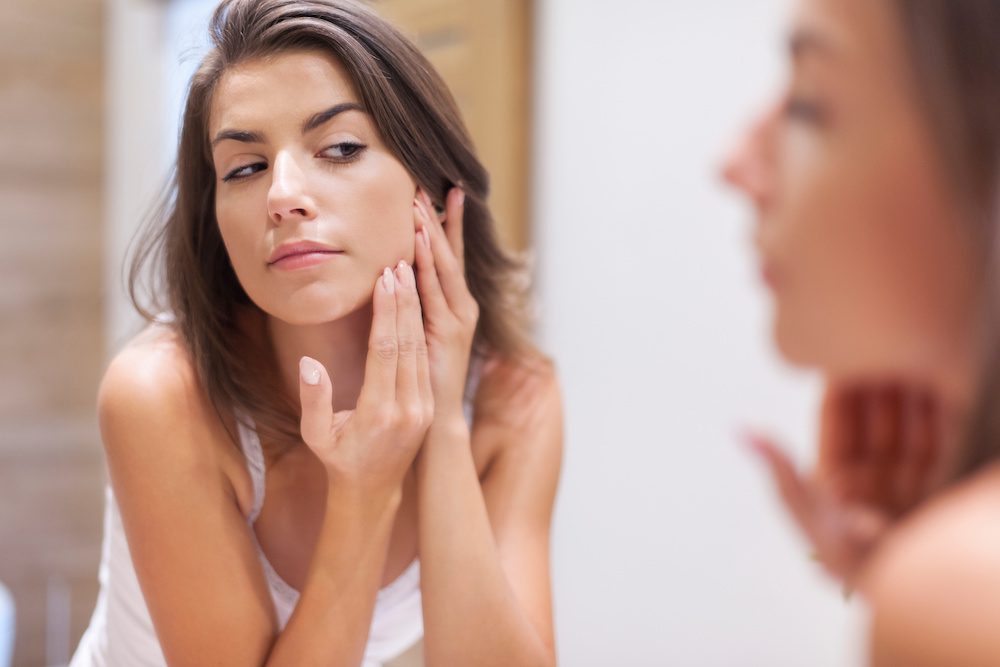Blog
Does Sunlight Increase Botox Side-Effects?
Does Sunlight Stop Botox From Working?
Long-Term Sunlight Exposure
Your Laser Skin Care
Laser Hair Removal
Electrolysis
Comparison
Your Laser Skin Care
Laser Treatments
Sclerotherapy Treatments
Comparing Techniques
Your Laser Skin Care
Permanent Facial Hair Removal
Prevents Ingrown Hairs and Minimizes Infection
Effective on All Skin Types and Complexions
Smoother Skin
Convenience
Your Laser Skin Care’s Laser Hair Removal
Varicose veins (as well as less-visible spider veins) normally indicate damage to the walls of the veins; typically due to damaged or malfunctioning blood vessel valves that normally prevent reverse blood flow. There are many possible causes for the blood circulation problems that can result in this damage – ranging from being overweight, high blood pressure, sedentary occupations, and over-tight clothing. Frequently multiple causes are present; they’re also frequently found to be present in multiple generations of the same family.
While there are obvious ways to reduce the occurrence of varicose veins, such as losing weight, eating a healthy diet, keeping active, and avoiding smoking or excess alcohol, there are several foods that are known to increase your chances of developing varicose veins. It may be an overstatement to say that these foods directly cause varicose veins, but it would also be prudent to limit your consumption of them in the interests of reducing your chance of developing varicose veins, as well as other health problems.
Fried Foods
Fried food, while a foundation of many people’s diets, is directly responsible for several health problems. Firstly it’s a very highly concentrated source of calories and a prime cause of obesity. Secondly, it contains high levels of saturated and trans fats, which contribute to the build-up of fatty plaque in the arteries. Plaque increases your risk of developing artery disease, heart failure, and strokes. More directly it obstructs blood flow in the arteries, increasing your chance of developing circulation problems that can lead to varicose vein development.
Dairy Products
While dairy products are a good source of calcium and protein, full-fat dairy products contain high levels of saturated fat. This can cause heart disease, as well as increase the chance of developing a number of conditions, ranging from diabetes, Alzheimer’s, and several cancers. Dairy products can also contribute to becoming constipated by slowing down your digestion, leading to damaged or weakened veins swelling.
Processed Foods
Processed foods are known to contain high levels of sodium, sugar, and fat, while often removing the fiber and roughage that help us properly digest food. High sodium levels increase water retention by the body and contribute to a lowering of the fluid levels in the blood. As the blood becomes thicker it also becomes harder to pump, resulting in more stress on the heart, and an increased chance of damaging any weakened blood vessels.
Alcohol
Alcohol has a similar effect to high sodium levels – it dehydrates the body, resulting in increased blood viscosity, and a higher chance of developing blood clots. Both ultimately increase your chance of developing varicose veins.
Healthy Alternatives
Modifying your diet in the following ways can help reduce the chance of aggravating (or creating) these conditions and improve your general health in many other ways.
Your Laser Skin Care
Your Laser Skin Care practitioners are medically qualified and can advise you on the best ways to treat varicose or spider veins. We have extensive experience providing both laser vein therapy and Sclerotherapy treatments and can provide expert advice on the best techniques to address your particular concerns. We also have extensive experience with a wide variety of non-invasive cosmetic procedures and can help you choose the safest, most effective, and most cost-effective way to achieve your cosmetic goals. Call us at (323) 525-1516 to schedule a free consultation, or visit us online for more information.
Causes of Acne Outbreaks
How can Botox Help?
Why is Botox Particularly Effective?
Other Factors
Your Laser Skin Care
Our Specials
- Botox $11 per unit (20 units minimum)*
- Juvederm $750 per syringe*
- 10% OFF Latisse
- * New clients only
Meet Dr. Fedonenko


Dr. Fedonenko is a member of the American College of Physicians and is Board Certified in Internal Medicine.
She completed her Residency at the University of Virginia School of Medicine in 1998 and has since specialized in Cosmetic Dermatology.
She obtained additional training in aesthetic medicine procedures soon thereafter, and the results of her extensive training and experience show in each and every patient’s face. She’s a doctor that can truly been trusted with your skin care and anti-aging needs.
Our location
6221 Wilshire Boulevard,Suite 102, Los Angeles, California 90048

